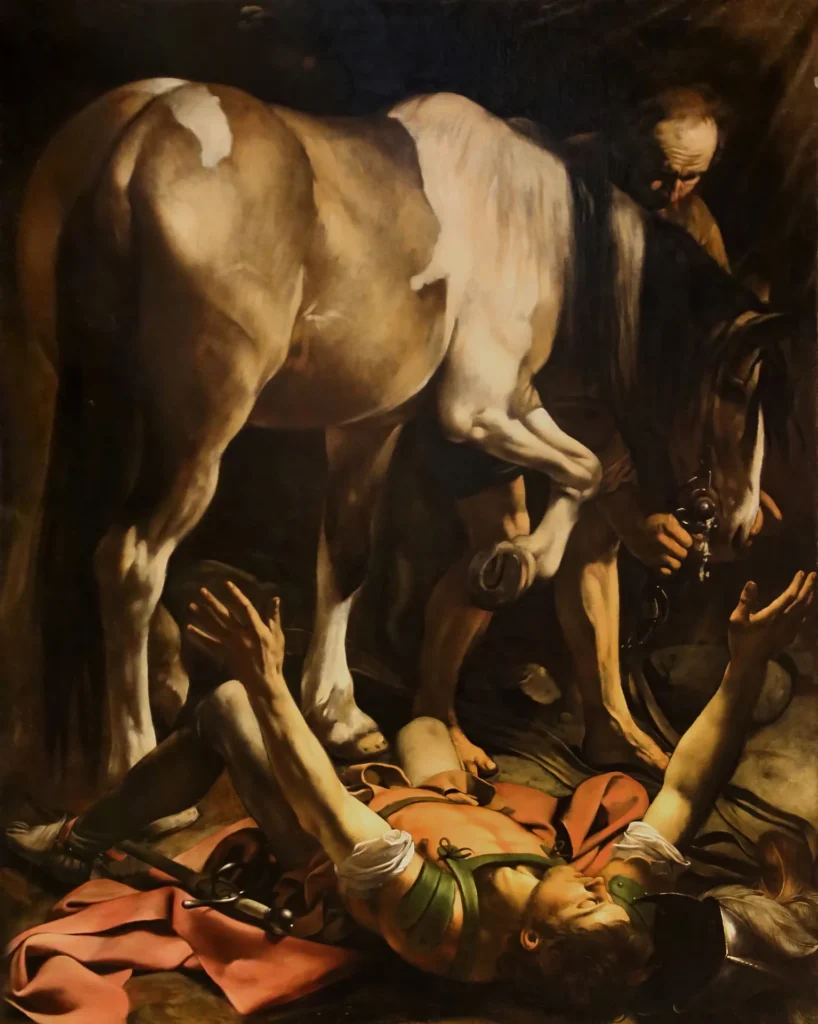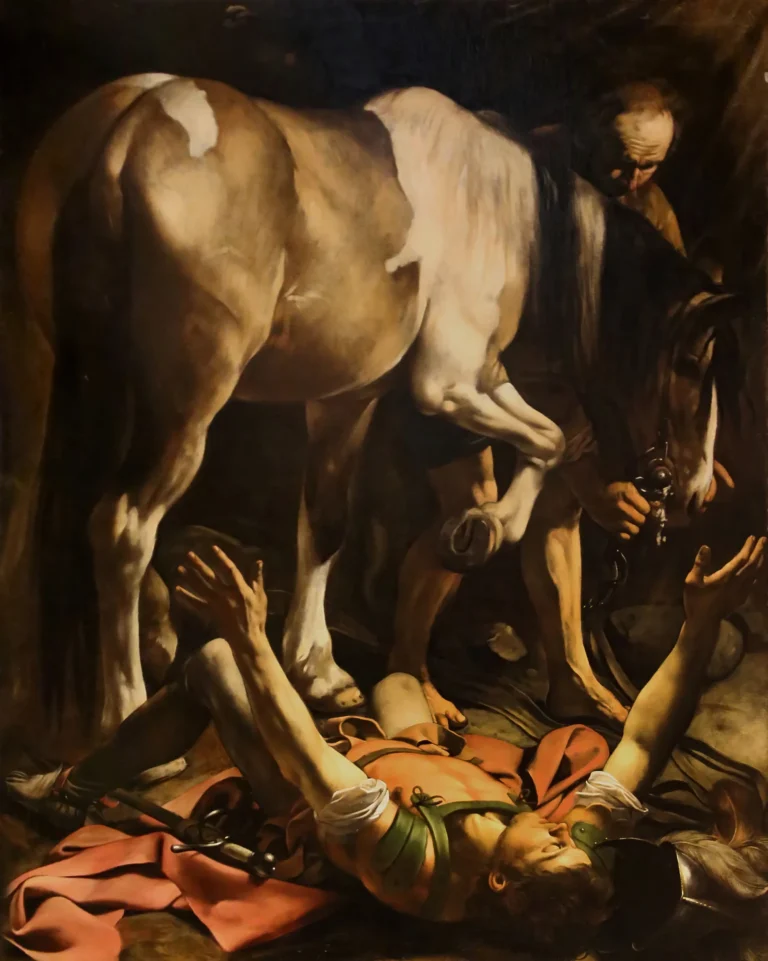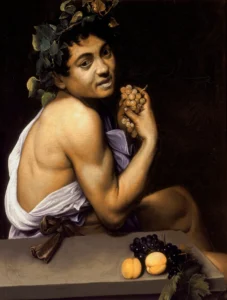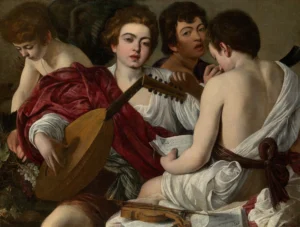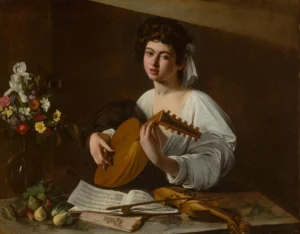The Conversion of Saint Paul (1600-01)
'The Conversion of Saint Paul' by Caravaggio captures the immediate and profound moment of transformation experienced by Saul on the road to Damascus. The first version, though rejected, displays an intricate scene filled with multiple figures and divine presence. The second version is lauded for its simplicity and the dramatic interplay of light and shadow, highlighting Paul's emotional and spiritual awakening. Both versions reflect Caravaggio's innovative techniques and deep engagement with religious narratives, paving the way for future artistic explorations.
1600 - 1601
About the Artwork
Commissioned by Monsignor Tiberio Cerasi in the early 17th century, Caravaggio created two iterations of this pivotal scene from the Bible. The first version, now in the Odescalchi Balbi Collection, was complex, featuring numerous figures, including a cherub presenting Christ to Paul, but was ultimately rejected, prompting Caravaggio to refine his approach. The second version, completed for the Cerasi Chapel, depicts Paul in a moment of vulnerability and enlightenment, skillfully capturing the essence of his conversion through contrasting lights and shadows. This artwork not only showcases Caravaggio's technical prowess but also serves as a historical testament to one of Christianity's foundational moments.
Did You Know
Liked what you see? Add it to your collection.
Enjoyed reading? Share it.
... continued
First Version
The first version of 'The Conversion of Saint Paul' is housed in the Odescalchi Balbi Collection in Rome. This painting was initially commissioned by Monsignor Tiberio Cerasi for the Cerasi Chapel in Santa Maria del Popolo, but it was rejected.
Second Version
The second and more famous version is located in the Cerasi Chapel of Santa Maria del Popolo in Rome. This painting was completed after the first version was rejected and is considered a more refined work.
Commission and Rejection
Both versions were part of a commission that included another painting, 'The Crucifixion of Saint Peter.' The first versions of both paintings were reportedly rejected by Cerasi.
Artistic Style
Caravaggio's use of light and shadow is a hallmark of these paintings. The second version, in particular, showcases his mastery of chiaroscuro, highlighting Paul's rapt expression and the divine light that illuminates the scene.




